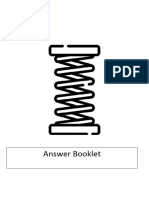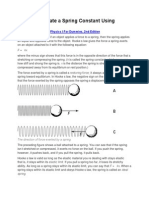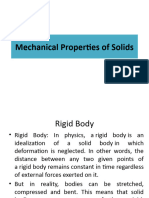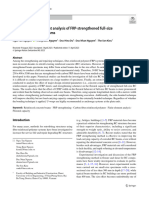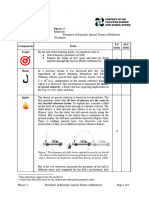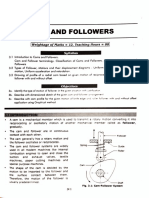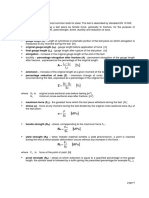0% found this document useful (0 votes)
52 views7 pagesMaterials Notes
The document covers key concepts related to Hooke's Law, stress, strain, and energy conservation in materials. It explains the relationship between force and extension, the properties of materials under stress, and the behavior of elastic and plastic deformation. Additionally, it discusses the Young Modulus and the role of shock absorbers in vehicle suspension systems.
Uploaded by
Ayaan SaifCopyright
© © All Rights Reserved
We take content rights seriously. If you suspect this is your content, claim it here.
Available Formats
Download as PDF, TXT or read online on Scribd
0% found this document useful (0 votes)
52 views7 pagesMaterials Notes
The document covers key concepts related to Hooke's Law, stress, strain, and energy conservation in materials. It explains the relationship between force and extension, the properties of materials under stress, and the behavior of elastic and plastic deformation. Additionally, it discusses the Young Modulus and the role of shock absorbers in vehicle suspension systems.
Uploaded by
Ayaan SaifCopyright
© © All Rights Reserved
We take content rights seriously. If you suspect this is your content, claim it here.
Available Formats
Download as PDF, TXT or read online on Scribd
/ 7















